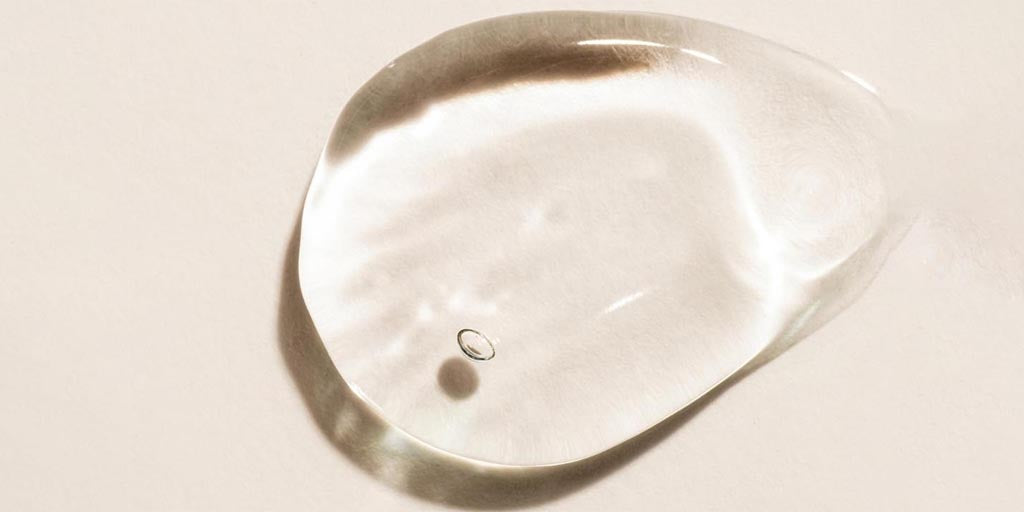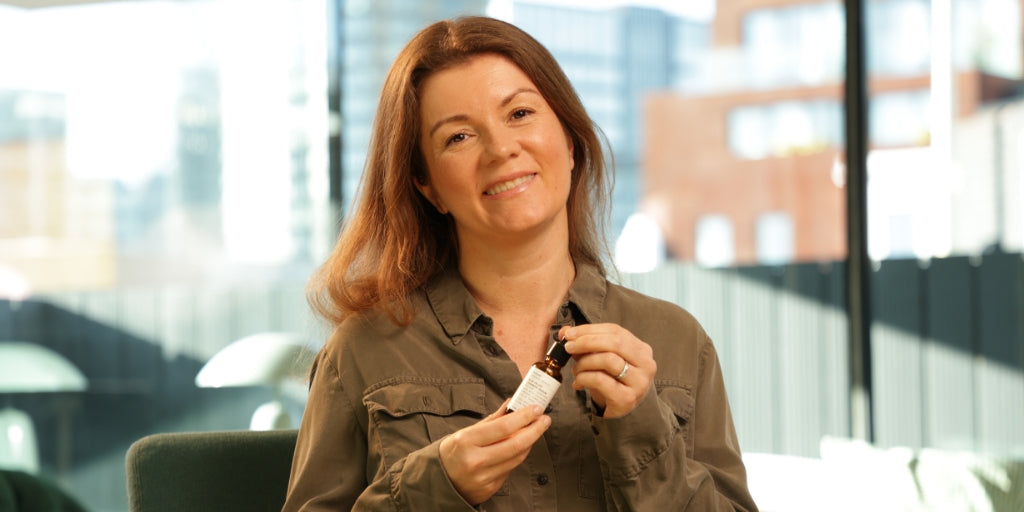Are you feeling overworked and overwhelmed? Finding it harder to switch off as home-working increases? The good news is that you’re not alone. Many of us have found our everyday patterns thrown off kilter by everything that has occurred over the past few months.
But did you know that by implementing a few simple changes into our everyday routines, we can re-establish a healthy work-life balance and get back to making the most of our personal time. With the help of author Scott Eblin, we have outlined some useful places to start, whatever your situation might be.

1. Mindfulness
There’s no sugar-coating it – life has become more stressful. While smartphones and computers may be great, they also mean that your work is never more than a click away; and that’s to say little of the growing workload per head in today’s modern society. To top it all off, the recent health situation has forced many of us to adapt to working from home – making it harder and harder to ‘log off’ as the physical boundaries between work and home blur. The bi-product of this is stress, which naturally triggers the body’s ‘fight-or-flight’ response and can leave us feeling worked up, anxious, irritable or even depressed if experienced over an extended period of time. Thankfully, mindfulness can be a wonderful tool to combat this stress and reintroduce a sense of calm and control back into our lives.
To understand why mindfulness is so effective, we need to first understand stress. It works like this:
- You perceive a threat or stressful event.
- Your brain - or, more precisely the command centre of your brain known as the thalamus – is the first to react.
- This triggers the amygdala, the part of the brain responsible for processing emotions.
- This then activates the hypothalamus, the area in charge of regulating the autonomic nervous system, which transmits a message to your adrenal glands on top of your kidneys.
- These glands start pumping out adrenaline – a hormone that prepares your body to react quickly. You will experience this as the so-called ‘adrenaline rush’: rapid breathing, an increased heart rate and a rush of blood to all your muscles.
- Once it runs out of adrenaline, your body switches to cortisol, another hormone with a similar effect.

Mindfulness and deep breathing techniques use this knowledge to reverse our body’s physical stress response, thereby ‘tricking’ it into sending relaxation signals to the brain.
But what exactly is mindfulness? Mindfulness simply means remaining in the present moment – focusing on the breath, for example, or the sensation of water on your skin during a warm shower – without allowing the mind to wonder or get distracted. It is simply being.
For an introduction to the benefits of mindfulness, try this quick exercise: take ten deep breaths, followed by a pause. You should immediately feel calmer and better prepared to approach your next task.
2. Meditation
This is another simple but effective solution for when you’re feeling stressed, though this one requires a bit more practice. And it’s not just good for your mental wellbeing either – it’s also good for your physical health. That’s the conclusion of a 2000 study by Herbert Benson, a professor at Harvard Medical School. It showed that regular meditation could actually shrink the size of the amygdala and thus counteract that unwanted stress response!
There are many different styles of meditation so don’t be afraid to try out lots of different methods to see which one works for you. A great place to start might be this website: https://www.mindful.org/how-to-meditate/, the free Headspace app or one of the many guided meditations available on YouTube. We also have a guided breathing and facial massage video with our lovely intern Lina, which you can watch here!
Here is a basic meditation to get you started:
- Take a comfortable seat or lie down – find somewhere that feels calm and quiet to you, where you won’t be disturbed.
- Set a time limit – if you’re pushed for time, you may want to begin with only a 5 or 10 minute meditation.
- Feel your breath – Follow the sensation of your breath as it goes in and out. Really try to engage your abdomen and breathe from the bottom of your belly as you relax more deeply. Quiet your mind.
- Notice when your mind has wandered (this is natural), and just gently re-focus your attention on the breath every time this happens.
- Close with kindness – When you’re ready gently lift your gaze (if your eyes are closed, open them). Take a moment and notice any sounds in the environment. Notice how your body feels in that moment. Notice your thoughts and emotions.

3. Develop a supportive daily work routine
While mindfulness and meditation are excellent for tackling stress in the immediate, they are most effective when combined with longer-term solutions, like developing a supportive daily work routine. One example could be waking up a little bit earlier than you need to. This will allow you to take stock of the day’s responsibilities and prepare for the tasks ahead in an unpressurised way. In turn, this should allow you to engage more fully with the present – for example, enjoying breakfast or getting your children ready for school – without having to worry about what’s coming up later.
You can also use a system of ‘Cue, Routine, Reward’ to re-introduce balance into your daily life. This means interspersing things that you enjoy with mundane everyday tasks, to motivate you into improving your habits and drawing clearer work-leisure boundaries.
For instance, use dinner as a natural cut-off point. If you set an alarm at 6pm every day (cue) to signal dinner (routine), followed by a personal treat such as zoom yoga or family time (reward), this will prompt you to log off at the same time each day in anticipation of something you’ll enjoy. Even better if you can get someone else to hold you accountable to this, such as a friend, your partner or children. Once you’ve switched off, you can spend time with family or friends, or simply relax, without distraction. Eventually, because this time is something you enjoy and will want to preserve, you’ll start subconsciously building it into your work schedule until a routine is established. Just remember – once you’ve logged out, keep it that way!
Part of this could also be creating a designated workspace. By physically separating where you work and where you relax, you will find that adjusting to leisure time becomes much easier and you’ll feel more stimulated generally.

4. Exercise
Exercise is one of the best ways to relieve stress in our day-to-day lives. This is because movement helps the body to eliminate all those stress hormones that were mentioned earlier, by signalling to the brain that your ‘fight-or-flight’ response has been acted on. Focusing on your body for a few minutes is also an excellent way of getting out of your head and interrupting those all-consuming thoughts that go hand-in-hand with stress. It similarly releases endorphins, which make us feel good, at the same time as boosting our overall health and cardiovascular fitness.
Though we might not be able to do as much exercise as we would like to at the moment, you might find taking a daily walk before or after work helps you to unwind.
The main thing is to try out different types of exercise and see what works for you - if you choose something you enjoy, you’re much more likely to stick with it.

5. Give your friends a call
Over this period, it really is so important to stay in touch with loved ones. Not only will it make you feel better, but having a call scheduled also gives you a deadline to wrap up work for the day – making it much harder to end up back on those pesky work emails at 9pm!
That said, it’s just as important to take little breaks throughout the day, so make the most of virtual coffee-breaks with colleagues like we do here at Evolve and quality time with flatmates and family.
6. Make weekends sacred
This one is self-explanatory. Whatever you do, do not work on the weekends! This is a precious time to relax and recharge and it should be treated as such. Whether it’s a self-care pamper day, cooking a nutritious meal or snuggling in to watch your favourite show, the weekend is your chance to re-establish some me-time and do all the things you wish you could’ve done during the week. A good place to start could be setting aside a ‘Self-Care Sunday’ each week, where you could try out one of our gorgeous slow beauty routines you can find here, such as dry body brushing or a relaxing acupressure massage. This will help to relieve stress and make weekends extra-special, by helping you to savour every moment of your at-home treatment and get the most from your products. Now more than ever, it’s especially important to fill these days with something you love in order to break up the week and give you a little boost.
In summary, we can achieve a better work-life balance at home by combining mindfulness and meditation with longer-term strategies such as developing supportive daily routines, scheduling in regular exercise and social calls, and making weekends sacred by filling them with little relaxation rituals. It can also help to designate separate physical spaces for work and leisure, and logging out at the same time every day. Just remember to turn those notifications off!
You Might Also Like:







